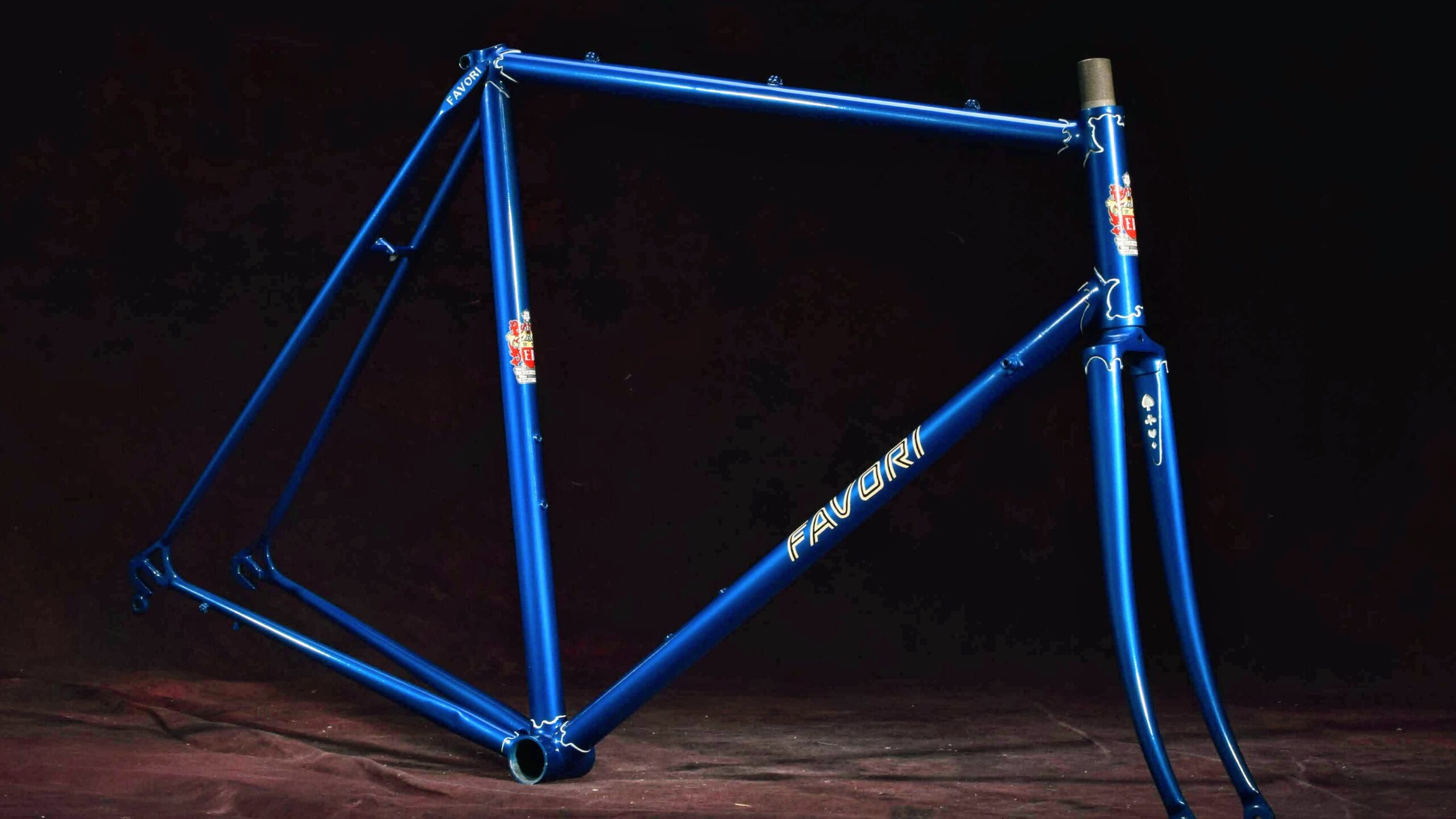In Defence of Handmade Steel Frames: Debunking Common Myths
As rain taps on my window, keeping me indoors while I recover from a week-long cold, I find myself delving into the cycling community’s discussions about steel frames. One particular comment caught my eye:
“Steel may be great but it’s also priced ridiculously. Working with steel isn’t as labour-intensive as working with titanium, yet this new breed of manufacturers believe they can charge $3k AUD for a frameset. Mind-blowing what people will pay. An aluminum frame with nice fat tires will ride smoother and will be lighter, not to mention kinder on the hip pocket.”
sammutd88
Is steel really overpriced? Well, that’s news to my framebuilding friends who, last I checked, aren’t driving Lamborghinis. While I can’t speak for the exchange rate, a good quality handmade bike frame typically starts at around £3k. Considering the approximately 80 hours of work invested in a handmade frame, it’s a worthy investment that stands in stark contrast to the disposable nature of many products in the bike industry.
Another critique revolves around the perception of steel frames as rust-prone. A comment highlighted this concern:
“Steel RUSTS and can do so really badly. I took a frame to a sandblaster (he’s good and has done other frames for me). He gave it back to me after doing it and showed me the stays had rust holes through them and were dangerously weak. With the paint still on it I didn’t know and it would’ve been DANGEROUS to ride ;-( A lot of “frame” feel is tire pressure.”
NZ Vegan Rider
Indeed, steel does rust, but well-maintained steel frames often outlast their aluminum counterparts. While aluminum frames come with short guarantees, it’s worth noting that aluminum corrodes too, especially in harsh conditions. Proper care ensures a steel frame’s longevity.
The weight factor is another point of contention:
“Steel frames already suffer a weight penalty, adding a 1000g fork doesn’t help things. Skinny steel forks also look a bit out of place on the tube proportions of modern frames, plus there’s the various headset standards to consider today.”
Nick T
While it’s true that steel frames are generally heavier, the difference isn’t as substantial as some might think. Additionally, steel forks need not weigh 1000g, and the design aesthetics are subjective. Embracing the elegance of skinny steel tubes is a matter of personal taste.
Addressing the relevance of steel in the era of carbon fiber, a commenter opined:
“As for if steel has its place in a carbon fibre age – sure it does, if there’s demand for it then it certainly deserves its place. In terms of engineering, CFRP is a vastly better material for making bikes from. The anisotropic properties and ability to layup/mold it into much more complex shapes than metals mean it can be aerodynamic, light and stiff all at once.”
Canyon48
Acknowledging the performance advantages of well-engineered carbon frames, it’s crucial to consider sustainability. Many carbon frames fall short in this aspect, making steel frames a more environmentally friendly choice.
Lastly, the discussion turns to fatigue:
“The article is wrong in one respect – Steel can and will fatigue. It is much less prone to fatigue than aluminium but badly a badly welded steel frame has the potential to fail due to fatigue damage in the weld just as any other metal will. A brazed frame is significantly less likely to fail due to fatigue but this is due to the jointing method rather than the material.”
gmac101
While steel can fatigue, it’s less prone to it than aluminium. Proper welding and brazing techniques significantly reduce the risk of fatigue-related failures. In essence, every cyclist should experience the joy of riding a steel frame bike at least once, appreciating the unique qualities that make them timeless.
“Every cyclist should have at least one steel frame bike – so you can never forget how good they are.”
bottechia
Couldn’t agree more!
Why would a pay a premium just to have a frame made locally?



Leave a Reply